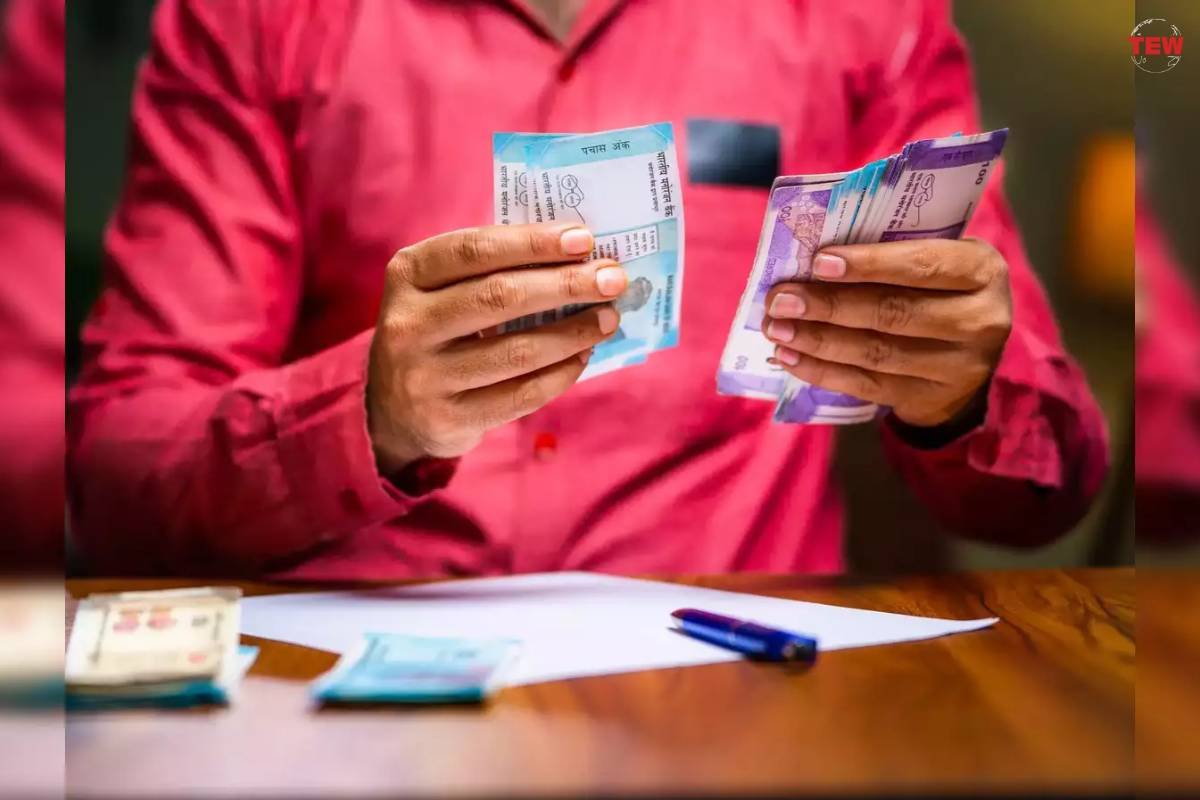Carvana, the online used car retailer, is facing a significant debt burden, but it has managed to avoid an immediate liquidity crisis through a debt restructuring deal with its noteholders. The company’s soaring stock price has provided an opportunity to temporarily alleviate some pressure from its debt load.
Significant reduction in annual cash interest expenses
In the second-quarter report, Carvana announced a complex debt restructuring plan with most of its noteholders. The company intends to eliminate a substantial portion (83%) of its debt maturing in 2025 and 2027, effectively postponing these upcoming maturities. Additionally, it plans to reduce its overall debt by $1.2 billion. This will lead to a significant reduction in annual cash interest expenses by approximately $430 million over the next two years, a significant relief considering the company’s current interest payments amount to around $600 million per year.
However, a closer look at the details outlined in the filing with the Securities and Exchange Commission reveals a more nuanced picture. The debt restructuring agreement involves several components. Carvana will issue at least $350 million in new equity, possibly more, to enhance its balance sheet. Furthermore, the company will initiate a cash tender offer for some of its notes maturing in 2025, totaling $500 million in face value.
Carvana Was Never at Risk of Bankruptcy, CEO Garcia Says
Additional debt to meet its interest obligations
The crux of the deal lies in an exchange offer with existing noteholders. Carvana plans to exchange up to $4.376 billion of its existing unsecured notes, which have maturities ranging from 2025 to 2030, with new senior secured notes. These new notes come with an option to pay interest in the form of additional notes during the initial two years. While this leads to a temporary reduction in cash interest expenses during that period, it results in Carvana accumulating additional debt to meet its interest obligations. Once the two-year period concludes, cash interest payments will resume, and the temporary debt reduction will diminish.
While Carvana will pay significantly less in cash interest during the first two years, the relief comes at a cost. The company’s total debt reduction of $1.2 billion initially will be offset by the increase in face value of the new debt to approximately $5.6 billion after two years, assuming all in-kind interest payments are made. In the third year and beyond, Carvana will be paying 9% cash interest on the increased debt amount, which translates to around $504 million in annual cash interest payments. The reduction in cash interest payments may continue beyond that, but the exact extent remains uncertain.
This restructuring deal presents a challenge for shareholders, as the new notes are secured by Carvana’s assets, while the old unsecured notes will be exchanged. In the event of bankruptcy, this could result in shareholders receiving less favorable treatment than if the old unsecured notes were retained.
While this agreement provides Carvana with some breathing room and short-term relief, the company still faces significant challenges. It continues to report net losses, amounting to $105 million in the second quarter, and will need to address its ongoing issue of excessive debt and high interest payments beyond the next two years.





